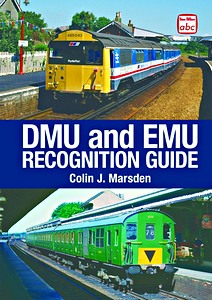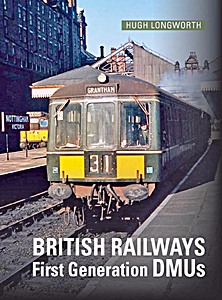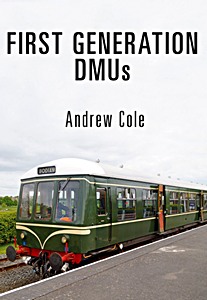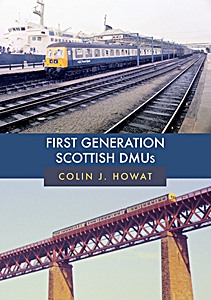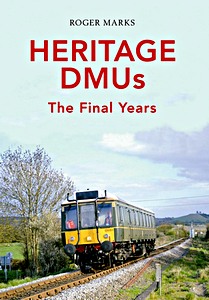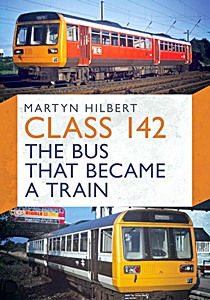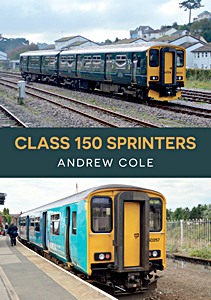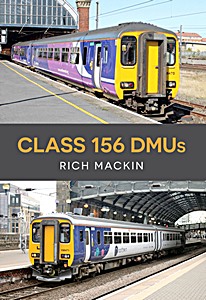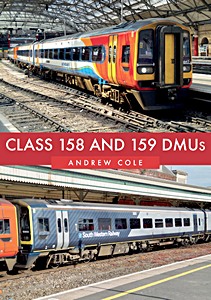DMU and EMU Recognition Guide
Written by well-respected railway expert, author and enthusiast Colin Marsden, this recognition guidebook provides complete coverage of all types of DMU and EMU fleets.
In 1948 British Railways inherited a number of multiple-units, the vast majority of which were EMUs designed for operation on the electrified networks around London, Manchester, Liverpool and Newcastle. However, over the next decade there was a revolution in the provision of motive power with the first-generation DMUs coming into service in large numbers and with further extensions to the Southern's electrified network requiring additional stock.
A colourful companion volume for those who enjoyed the hugely popular Traction Recognition this book will also be perfect for anyone with a keen interest, particularly amongst the modelling fraternity, for comprehensive information about the multiple unit rolling stock operated by BR.
Detalles del libro
| Autor: | Colin J. Marsden |
|---|---|
| Presentación: | 256 páginas, 22 x 15 x 2.9 cm, tapa dura |
| Ilustración: | abundantemente ilustrado con fotos en b/n y color |
| Editor: | Ian Allan Publishing (GB, 2013) |
| ISBN: | 9780711037403 |

